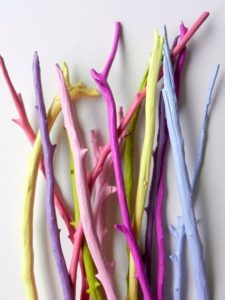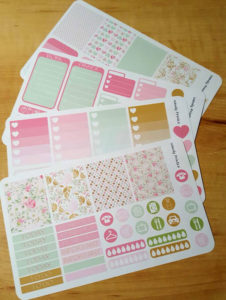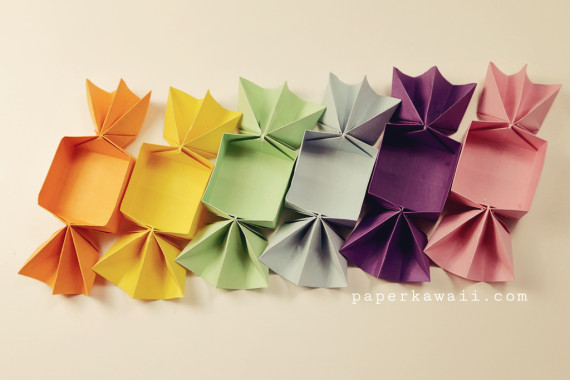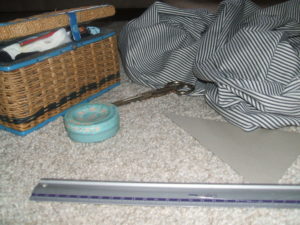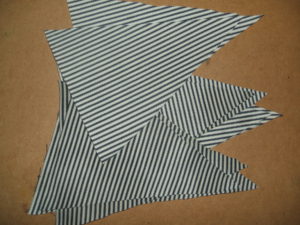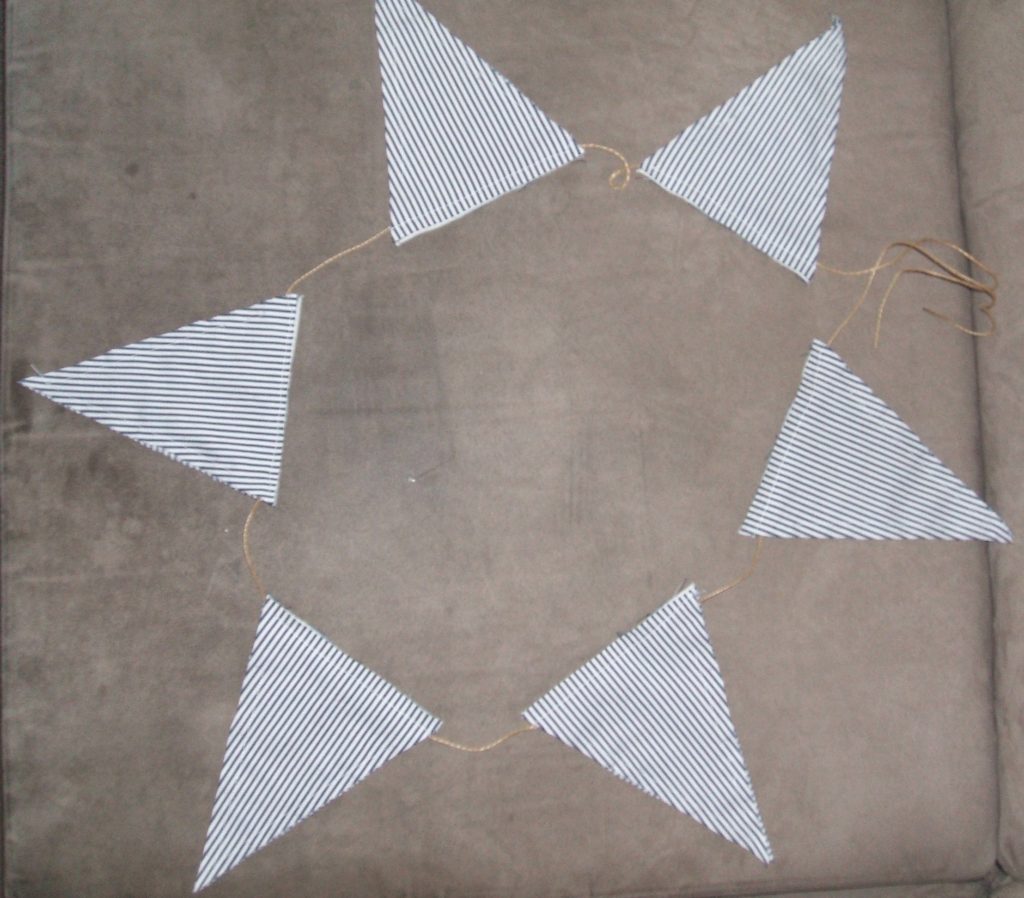There are many, many tutorials out there, covering all your beginner bookbinding needs; and so I thought I’d do a hints & tips section to complement them! These are things I’ve learned and picked up along the way.
- Invest in a bone folder. This will be your new best friend.
- You can use grease-proof paper for waxed paper. It’s very handy for pasting onto.
- PVA is great while you’re learning. Proper book paste can be quite pricey, and when you’re just starting out PVA is absolutely fine for practice work.
- Get a basic set of different size brushes. You can pick them up fairly cheap from places like The Works, and it’ll help you get a feel for what you need and what you feel comfortable with.
- Always have a couple of pieces of clean kitchen roll to hand! It’s sturdier than tissue and less likely to shed little bits everywhere. It’s good for wiping down surfaces and hands and things. Keep a sheet separate for using on your books to avoid smearing.
- It’s best to use waxed thread. If you can get a block of beeswax from somewhere, you can wax your own thread. This works out a bit cheaper and gives you more options.
- Get into the habit of fraying the loose end of the thread after a knot. This will keep it from coming undone- I use my needle for this and just tease it gently.
As with everything, the internet is a wealth of information when it comes to bookbinding tutorials. Here are a few good ones:
Super simple all-in-one pamphlet book from My Handbound Books
5 hole pamphlet stitch from Design Sponge
Coptic stitch from Torta Gialla
Simple staple-and-glue hardback from Instructables
Good luck and happy binding!





